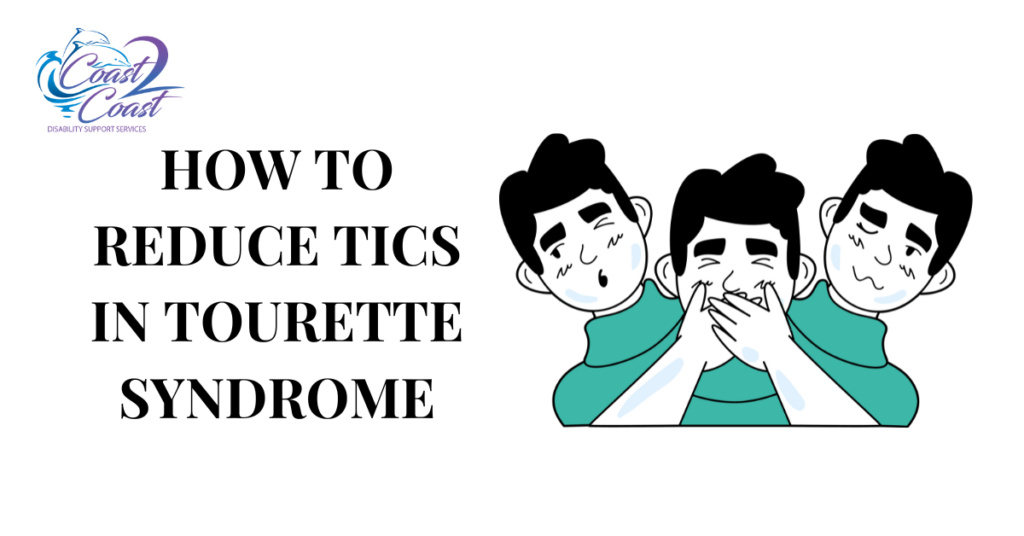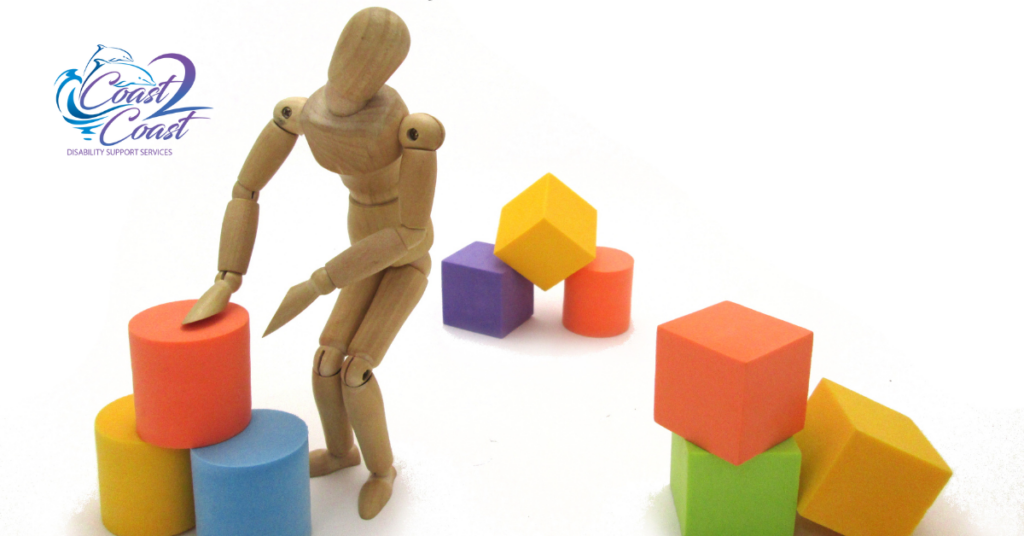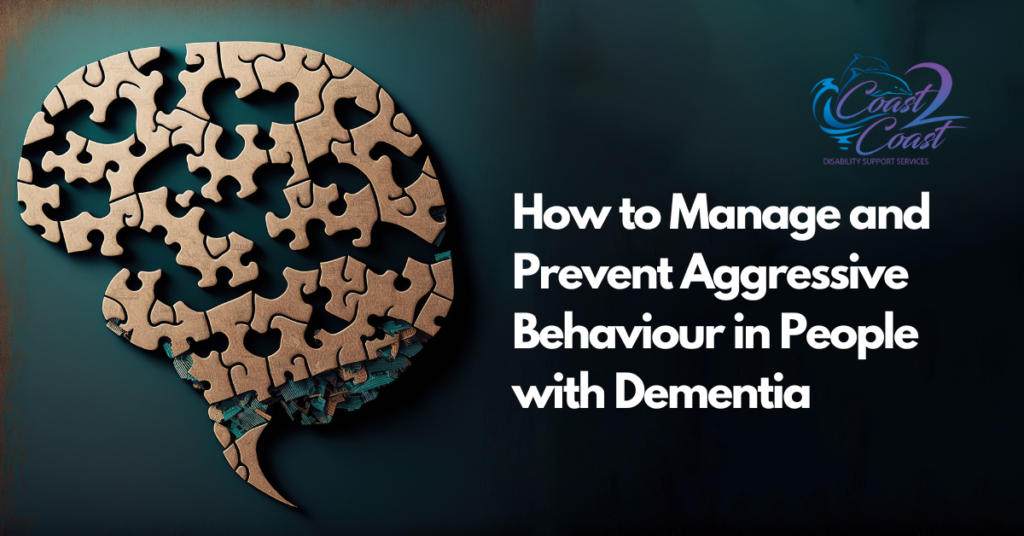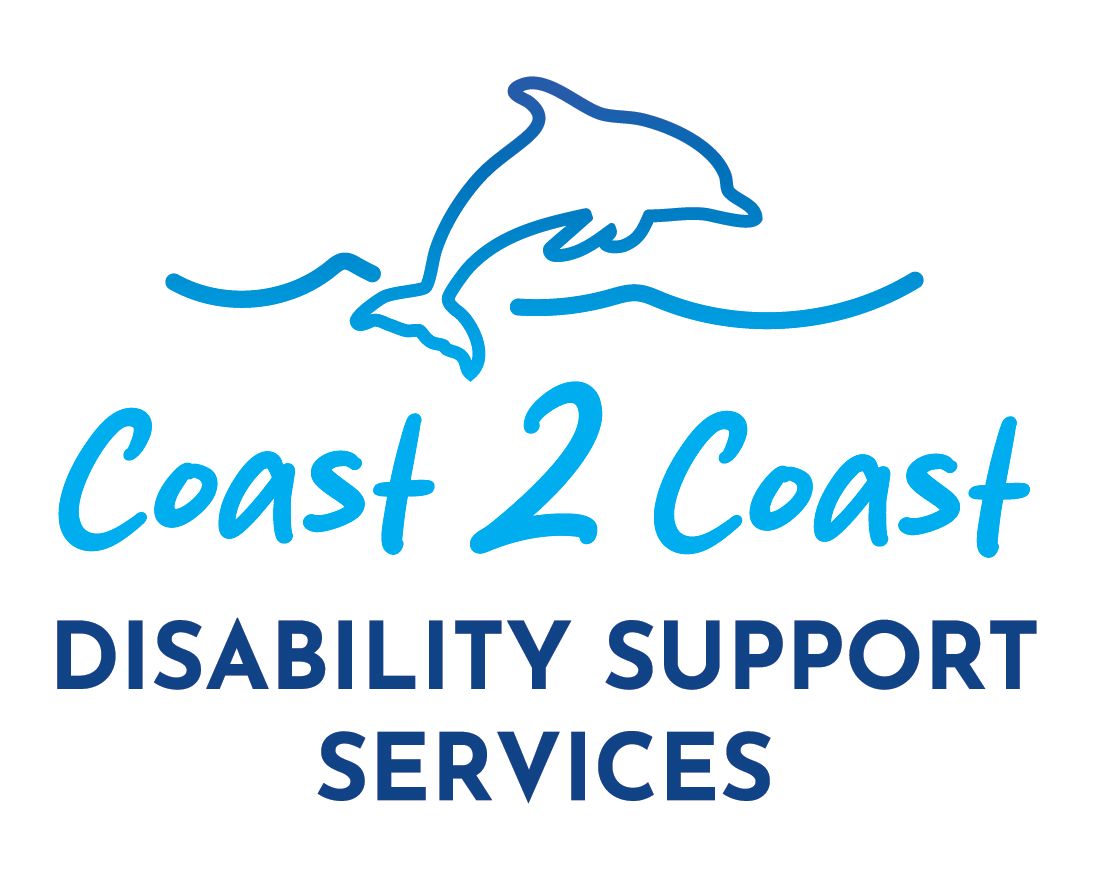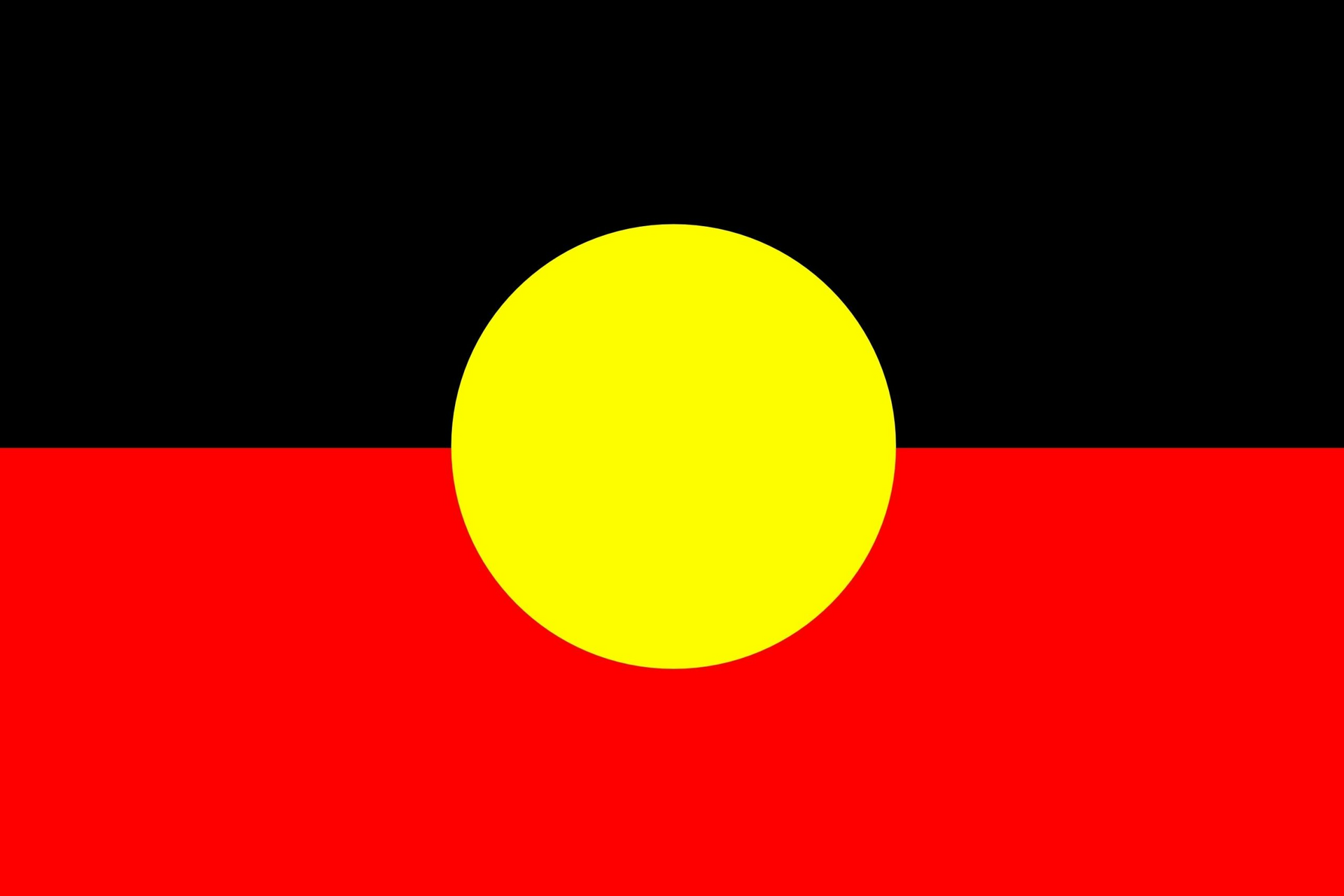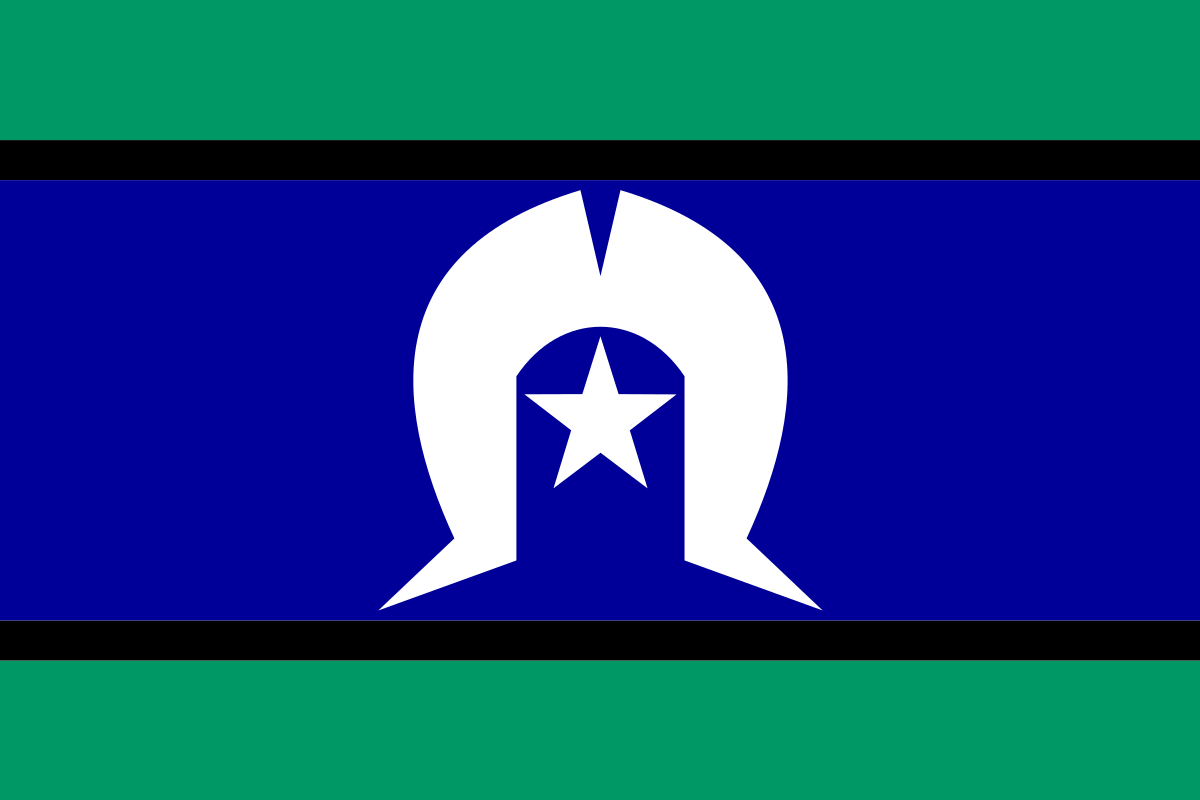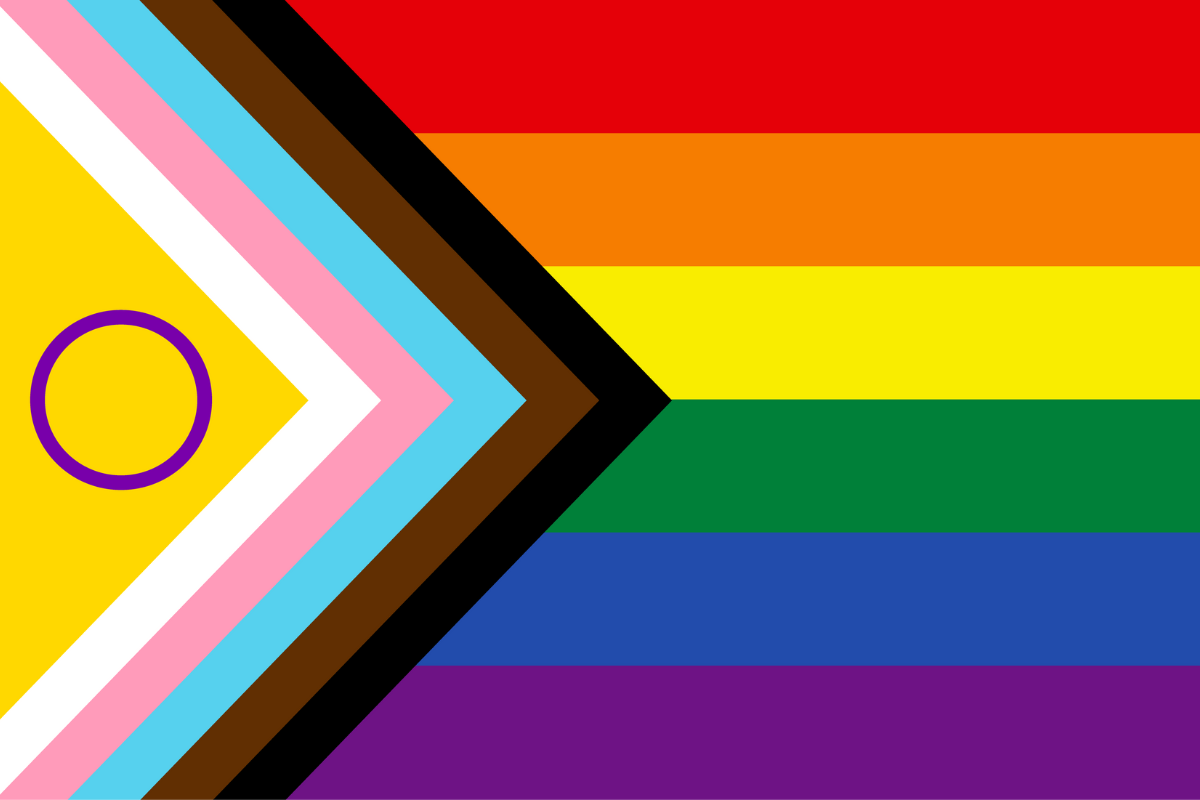What to Know about Invisible Disabilities
Invisible disabilities refer to conditions or disorders that are not immediately visible or apparent to others. These disabilities may include chronic pain, mental health disorders, autoimmune disorders, neurological disorders, heart or lung diseases, and other conditions that affect a person’s ability to function normally.
4.4 million people live with an invisible disability in Australia. Because these conditions are not visible, people with invisible disabilities often face stigma, discrimination, and disbelief from others who do not understand their challenges. These challenges could include difficulty concentrating, memory problems, fatigue, anxiety, and limitations in physical abilities. It is important to help reduce this stigma and discrimination by practicing empathy and understanding toward individuals with invisible disabilities. This includes acknowledging the validity of their condition, being patient and respectful, and providing necessary accommodations and support.
It also helps to learn about invisible disabilities and understand that everyone has unique experiences and that people with invisible disabilities may experience their condition differently. Avoid using negative language or invalidating someone’s experience. Use person-first language, such as “a person with anxiety” rather than “an anxious person,” to avoid defining someone by their disability.
In addition, you can offer to help someone with an invisible disability in practical ways, such as with tasks they may find challenging or simply by being there to listen and offer emotional support. Furthermore, you can amplify their voices and advocate for policies that support individuals with invisible disabilities and ensure they receive equal treatment and opportunities. Overall, by creating a more inclusive and accepting environment, we can help individuals with invisible disabilities thrive and reach their full potential.

